“We Have Won!” The Copenhagen Free University
In 2001, two Danish artists, Henriette Heise and Jakob Jakobsen set up a makeshift, educational experiment in their Copenhagen apartment: it was called The Copenhagen Free University (CFU). In the vein of utopian, liberal arts institutions like Black Mountain College and the Free University of New York, their venture was a reaction against the increasing privatisation of European art institutions, ever-mounting tuition fees, and the cuts to arts and humanities budgets. In 2007, CFU shut their doors to avoid becoming bureaucratised. But they declared their venture a victory, because it opened up vital channels of discussion across Europe and beyond about what an arts and humanities education could be, leading to further, similar free pop-up organisations. On their website, CFU simply declared, “We Have Won!”
When Heise and Jakobsen set up CFU, they were making a deliberate statement against the homogenisation and capitalisation of art institutions. They declared in their manifesto, “We do not accept the so-called new knowledge economy as the framing understanding of knowledge. We work with forms of knowledge that are fleeting, fluid, schizophrenic, uncompromising, subjective, uneconomic, acapitalist, produced in the kitchen, produced when asleep or arisen on a social excursion – collectively.”
So, what does a self-led university look like? For Heise and Jakobsen, the CFU resembled something close to an artist’s collective. They opened up their Copenhagen apartment for a series of pop-up events, lectures, projects and screenings, run by participants and visitors, with no hierarchical model in place. There were no entrance requirements, no exams and no specific coursework. Instead, these fluid classes were open to anyone searching for knowledge in the arts, thus fostering a community of like-minded individuals, echoing the way many burgeoning art movements have been formed throughout history. They wrote, “our work is based on the understanding that knowledge is social and that all forms of human activity carry a level of knowledge.” While this might sound somewhat woolly and unstructured, the CFU centred on five key areas of knowledge: Feminist Organisation, Art and Economy, Escape Subjectivity, Television/media Activism and Art History.
Along with free classes for all, the CFU carried out a series of collaborative group research projects. One of these was their own community TV station titled tv-tv, to which families and children were even welcome to participate, as Heise and Jakobsen demonstrated with their DIY tv programme titled Exploration and Unlearning, 2007, made with their then five-year-old daughter Solvej. They also produced a series of publications on topics related to the history of art and mass-media.
CFU aimed to attract individuals from near and far, writing, “Our scope is both local and global, looking for fellow travellers around the corner and around the world.” However, it’s clear that such an organisation is going to benefit locals the most, particularly those on a shoestring budget with limited means for travel.
Sceptics might argue what might be the higher purpose of these classes when there is no incentive to earn formal qualifications. But as earlier, similar models of education have shown, such community and participatory educational activities enrich the lives of participants and show how creative learning can be integrated into day-to-day life, rather than a homogenised, structured programme.
Two years after closing, the CFU received a warning from the Danish government that only institutions recognised by the state could call themselves a university, and if they ever tried to reopen, they would now be punishable by law. In response, the CFU put out a call to other like-minded individuals encouraging them to open similar, free-style, unauthorized universities, writing in a statement, “All power to the free universities of the future!”
While the CFU was a short-lived venture, lasting only six years before shutting up shop, its notoriety and influence has been well-publicised in a global context since, leading to similar pop-up style, unstructured educational programmes in Denmark, London and beyond. CFU call the practice of organising temporary, autonomous educational projects a ‘starburst strategy’, which burns brightly enough to leave a lasting influence but not so long it becomes stuffy and entrenched. While this model of education might seem too utopian and idealised for those seeking more formal qualifications, it does demonstrate how learning comes in a huge variety of guises, and that peer-led learning, where students teach and influence one another, can be a particularly vital ingredient in the creative arts. Jakobsen says, “I believe that self-training is always necessary, because institutions are never capable of giving sufficient or adequate knowledge. Even the “progressive” institutions act according to the norm, and so the only way out, for the schools, is to decentralise as much as possible.”
Do you think it is more important to gain accolades from an established university when it comes to creativity, or is it possible that other forms of teaching could be the answer? Should creative pursuits be taught for free? In the US, this is seldom the case, would love to hear your views on this. This is the last of our alternative education for artists and creators series. Here is a chance to read back on Black Mountain College, Bauhaus, Kunsakademie Dusseldorf. We are also really curious to know if you were taught sewing within university walls, or at home watching your mothers, grandmothers, aunties as a child, or perhaps you are self- taught through the ‘university’ of YouTube and IG.





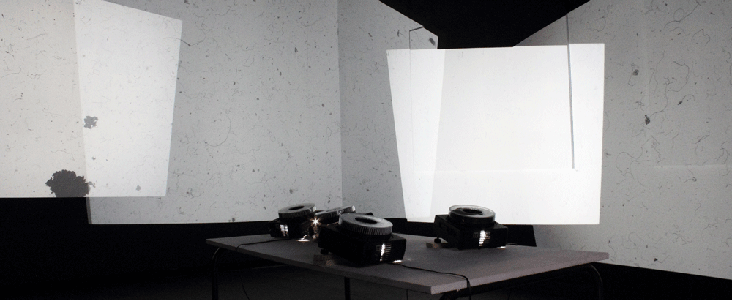
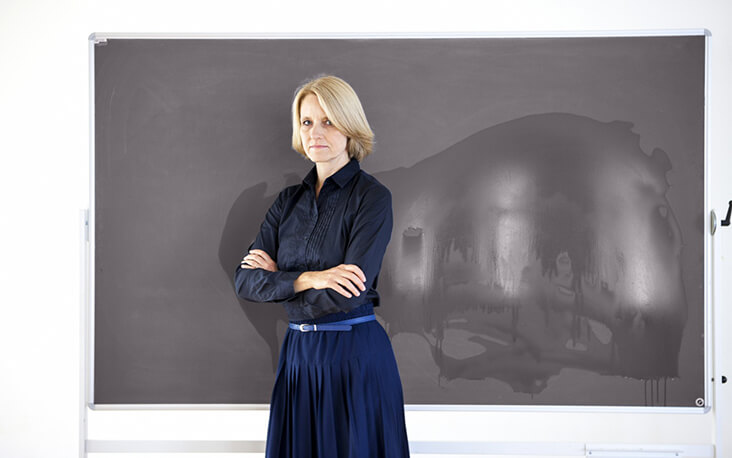
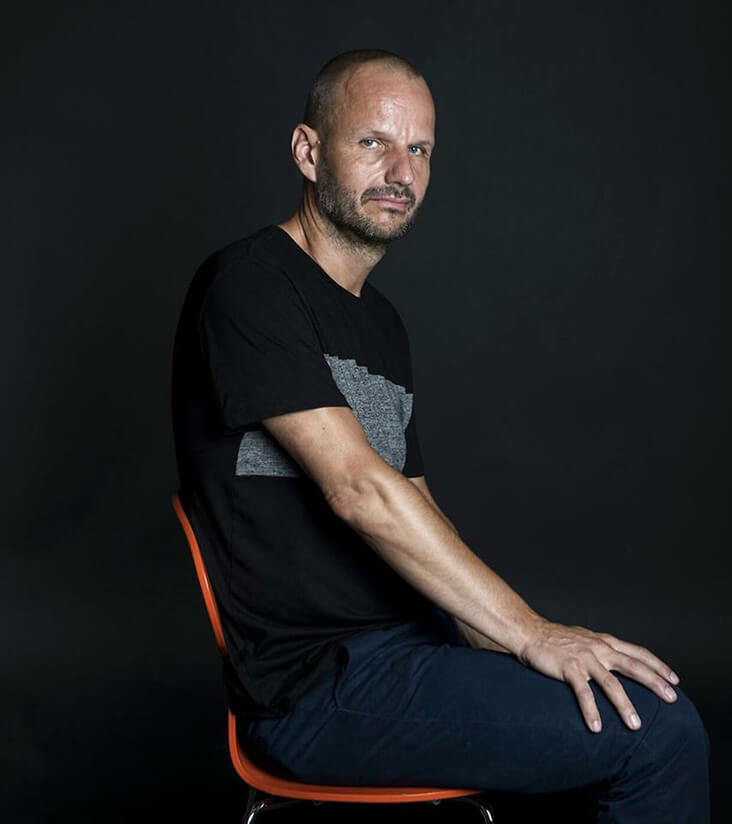
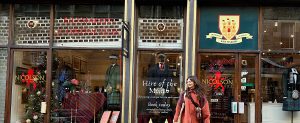

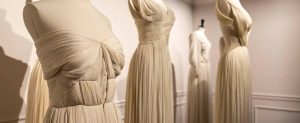
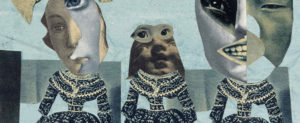
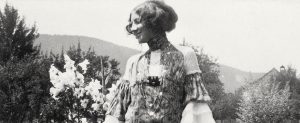












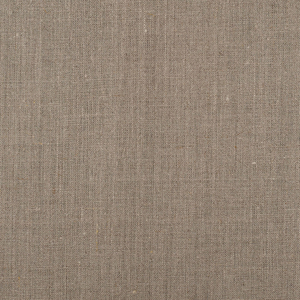





















17 Comments
Janet Conery
First I love the idea of a free University, my husband and I visited Copenhagen pre-covid and would have loved to have visited the CFU. We both have BA’s in Fine Arts. I was a child of the 50’s/60’s, My mother sewed for us and I started sewing for my dolls as a 10yr old. I don’t remember ever being afraid of the sewing machine, which was 1940’s Singer, which my older sister still uses. I took sewing classes in High School, and in College where I majored in Fine Arts with an emphasis in textiles. My sewing skills increased and in the mid 1990’s I changed careers and began making Theatrical Costumes, which resulted in a 25 year job in the costume department of a well know west coast theatre, where I learned draping and pattern making. I never made enough money, but leaning into the job I loved, brought creativity, and lifelong friendships into my life. While I have now worked on many, many, sewing machines, sergers, etc.. my current home machine is a 1956 slant needle Singer, which works great and was put on the market I year after I was born. I encourage all young moms to teach their sons and daughter to sew, it will be a lifetime of joy, or at least the ability to repair things. Plus learning the process of construction can help in so many other ways, I just built all the Ikea Kitchen cabinetry for our new kitchen remodel, and had no problem or fear about doing it!
Sandra Portko
I learned to sew by first watching my mother sew clothes for us (I am the oldest of 7 children). I only did handsewing at home; at age 10, I joined a 4 H club which taught sewing in an afterschool class at my school. I stayed with this program until I was 15. By this time I was skilled enough to make my own clothes, including prom dresses.. My mother taught my sisters and me to knit when I was 10. Shortly after that, she became a 4 H knitting teacher and held classes at our home. The 4 H is a free club and so my sewing and knitting education completely free. As an adult in my 40’s, I wanted to learn to spin wool so I bought some books and a drop spindle and discovered that I not only loved it but I also had a knack for it. Then I bought a treadle spinning wheel, found a group of spinners and learned from them. I believe that learning art for one’s own pleasure and fulfillment should be free. Unfortunately, sometimes to make a living with one’s art, a degree or certification is usually required. It does seem that some sort of compromise with self-learning and passing a requirement test could be developed to meet those needs.
Judy Coates Perez
I could write a lot about this subject, after “unschooling” my kids from the time there were 8 and 12 until adulthood. When my daughter was in school, although bright she was easily distracted by other students and often missed what was being taught in class. It was a battle trying to keep up with the excessive load of homework. I felt like they were trying to cover too much information too fast in the school system and as soon as one thing was learned it was replaced by new information then quickly forgotten,
Our home life was miserable from the stress of it all. I didn’t think I could possibly do worse than what they were getting by pulling them out of school. In the end it was the best decision I ever made, my kids didn’t have the love of learning beaten out of them, and they learned to learn on their own.
Their childhood was spent making things with their hands, reading, doing science experiments, and meeting up with other “unschoolers” on a regular basis. I taught my son basic origami when he was 4 and it became a passion of his throughout his childhood until he wanted to learn guitar as a teen. He participated in an origami exhibit at Columbia college in Chicago with world famous origami masters at the age of 11, then taught himself to play percussive flamenco guitar finding youtube videos on it, he made and sold origami ornaments to buy 3d computer graphics software to learn to do that. At 18 he started community college, then went on to win a Jack Kent Cooke scholarship and graduate from UC Berkeley school of chemistry with highest honors. He is now in graduate school at MIT. My daughter (now 32) is an incredibly talented artist and does 3d graphics and AR/VR animation for medical technology training. I think all the creative time in their youth gave them the ability to think differently than their peers when it came to upper level education.
I now teach sewing, knitting, embroidery, printmaking, quilting, pattern making, and fabric design in our local community college makerspace. Our goal is to help bring young adults back to school through the act of making, now that so many struggle with anxiety and don’t want to leave the house after the isolation incurred from 3 years of pandemic, We want to help them learn new skills, feel a sense of accomplishment and success, while they discover the act of making reduces stress and will hopefully help integrate them back into society.
Naomi Mceneely
I started sewing by the age of three. I sewed with a needle and thread and any fabric left over from my mother’s projects. I also started to knit at this age. My grandmother and mother were very instrumental in laying the foundation for these creative endeavors; crocheting, basketry, sewing, knitting, tatting, and braiding. I continued on to learn via books, others women my mother knew and finally a high school home economics teacher in high school.
While I went to AIC and started with printmaking, I found myself drawn much more strongly to the weaving and textile department, and there I landed with glee.
Michelle French
I was about three years old when I first sewed with a needle and thread. By four I was sewing on my grandmother’s antique Singer—an early electric model with the treadle.
During my childhood, my father was always in University (good ole GI Bill) so my Mother and Grandmother would copy designer clothes for my sister and me. In high school, I took Home Economics. I remember coming home from work and cutting and sewing a pair of slacks while mother cooked and then switching places with her so that she could put in the more complicated waistband. I wore those slacks that night to a party.
I now have an impressive CV as a designer. Auburn, Parsons, UAL:LCC and am about to begin a nonprofit in a small impoverished town in Alabama. Please send hope, inspiration, and advice.
Sandra Portko
That is wonderful–sending positive energy for your success!
Glenna Green
My earliest sewing memory is a hand sewn toy lizard when I was 5. After practicing on more toys and doll clothes, my mother finally allowed me to use the sewing machine when I was 10. She taught all 4 of her daughters to sew, and my brother also picked it up, becoming an entrepreneur in sewn camping equipment. Our farm upbringing was an education in doing what needed to get done. By the time I was in the required Home Ec class in high school, I was that annoying student who ignored the teacher and just carried on sewing, having sewn most of my wardrobe for years. In those years, ready-made clothing was more expensive than fabric, and it was more economical to sew your own. Now, fabric is a luxury and I sew for the satisfaction and pleasure of creating, and to make unique gifts, along with embroidery and crochet.
Deni Sindel
I taught myself to sew, at 6 I was making sock puppets but mom had to knot the thread because my fingers weren’t that coordinated yet. I got my first sewing machine at 10 because my dad believed in me, then I learned more techniques in Home Ec in HS. I taught myself to crochet and knit. Want and need always drove me. In HS I made a lot of my own clothes, eventually most of my and my children’s wardrobe came from that basic Kenmore machine. Now I can’t live without my Juki TL-2010Q and Bernini Aurora 440QE.
Lauren Osornio
When I graduated from high school I volunteered to work in the costume department of a summer stock theater company in Sarasota, Florida. The people in the costume department taught me to sew, using my own dresses for patterns. From there I learned to sew with McCalls and Simplicity and have been sewing ever since, going on fifty years.
Vicki Lang
I took Home Ec. in high school and also sewed at home on my own. My senior year in high school I made all my school clothes and formals for the dances I attended. Now I want to learn to make the dresses worn in the 1100’s and earlier. In high school I liked the idea that no one else had my dresses.
Jody Lee
I grew up in Canada, and learned to sew, cook and build things in elementary school and 4-H. Continued sewing and cooking in high school. My mom taught me to knit but I was not good at it! I learned glass bead making pretty much on my own, with books and YouTube.
Stephanie Eastman
I am a “product” of the Woodstock Country School that was in South Woodstock, Vermont. I’m forever grateful for my time there; to create, have an opinion, speak my voice, sing in the woods, pursue individual interests, learn by doing, and kick leaves in the woods. A magical education. The founders were graduates of Black Mountain School
Holly Stone
My Mom taught me to knit and sew, my babysitter to crochet. My dad taught me to build and repair things. I love to create and always will no matter how old.
I Trigonis
Grandmother taught me to knit. Mother taught me to sew. Libraries everywhere taught me all the fiber arts. Artists online + You Tube, also. Doing, experimenting, creating!
Eva Walsh
I learned basic straight seam sewing from watching my grandmother. I did some self-taught in elementary school following instructions on back of patterns (skirts with lapped waist bands and no zippers). I took home economics in high school (learned to put in a zipper). I then took some specialty classes in Bishop Method, stretch sewing (with my new Viking machine 1970 and heirloom techniques at various sewing shop classes. And I look up things on U-tube to refresh my memory. So, I have to say I used all avenues to become an intermediate sewer.
Cara Graver
I went to a Waldor School from 1951 to 1960 and sewing was part of the curriculum as were other practical arts. I also was surrounded by a do it yourself approach in my family -my mother sewed, knitted, cooked, plucked the occasional chicken and milked the occasional goat. In the Waldorf school educating the hands was essential to educating the mind and feeling life. At 55 I built myself a studio out of the ancient practice of “Cob”construction (clay, sand, straw, mixed together with water). At nearly 76 years old I hold “open Studio” times twice a week where people drop in or come regularly to become a community of artists for a couple of hours and discover their own creativity from the ethers that gather from intention and interest.
Janet Conery
Cara I’ve seen the Cob construction on DIY shows, kudos to you for using this ancient and “Green” practice. At 66 I’ve leaved that all our DYI skills just keep building on each other, and there is always something new to learn, which adds so much texture and beauty to life. I live in the San Francisco Bay Area, and if I knew where your open studio was I would definitely drop-in! My Best.